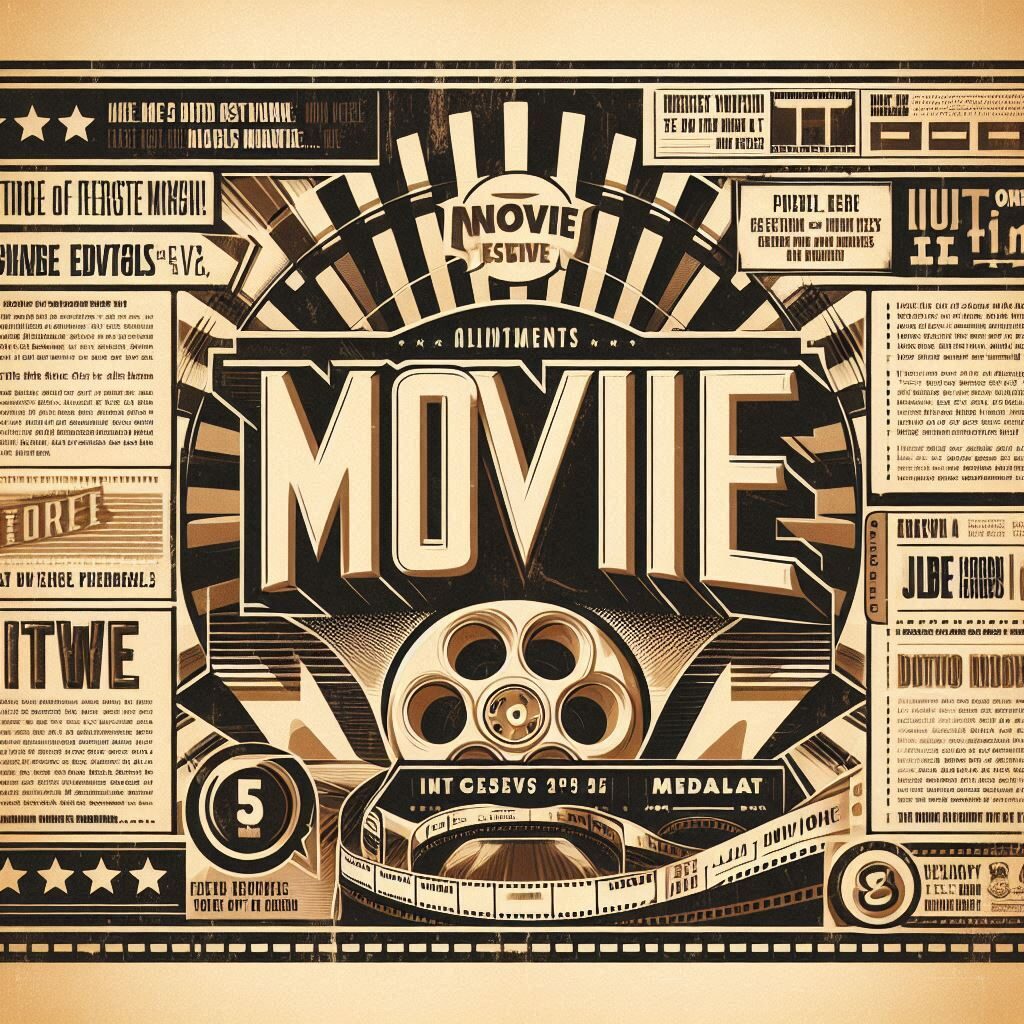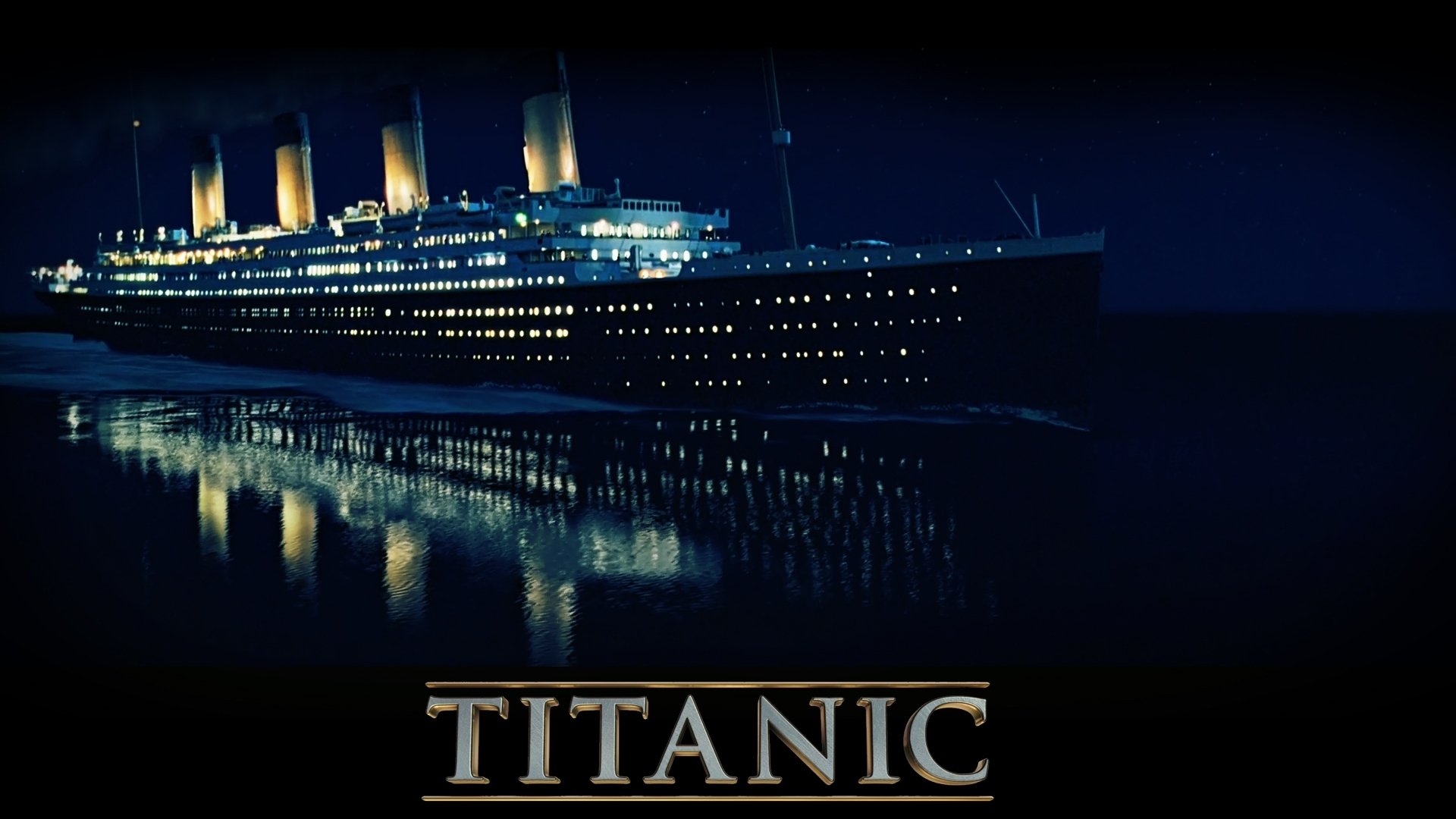James Cameron’s Titanic (1997):
James Cameron’s 1997 film “Titanic” is a monumental achievement in cinematic history. Combining a deeply emotional love story with meticulous historical detail, the film not only became one of the highest-grossing movies of all time but also left a lasting imprint on popular culture. This article delves into the film’s intricate details, from its plot and characters to its production and impact
Directed by : James Cameron
Written by : James Cameron
Produced by : James Cameron Jon Landau
Starring : Leonardo DiCaprio Kate Winslet
Billy Zane
Kathy Bates
Frances Fisher
Bernard Hill
Jonathan Hyde
Danny Nucci
David Warner
Bill Paxton
Cinematography : Russell Carpenter
Edited by : Conrad Buff
James Cameron
Richard A. Harris
Music by : James Horner
Production companies : Paramount Pictures[1][2]
20th Century Fox[1][2]
Lightstorm Entertainment[1]
Distributed by : Paramount Pictures
(United States and Canada)
20th Century Fox
(International)
Release dates : November 1, 1997 (Tokyo)
December 19, 1997 (United States)
Running time : 195 minutes[3]
Country : United States
Language : English
Budget $200 million[4][5][6]
Box office $2.264 billion[7]
Plot Overview
1 Prologue:
The film opens in the current day, where a cutting-edge treasure tracker named Brock Lovett (played by Bill Paxton) drives an endeavor to find a significant precious stone called the “Heart of the Sea” in the disaster area of the RMS Titanic. While investigating the lowered vessel, Lovett’s group uncovers a drawing of a young lady wearing the jewel. This revelation prompts the contribution of an older lady, Rose Dawson Calvert (Gloria Stuart), who professes to be the lady in the drawing.
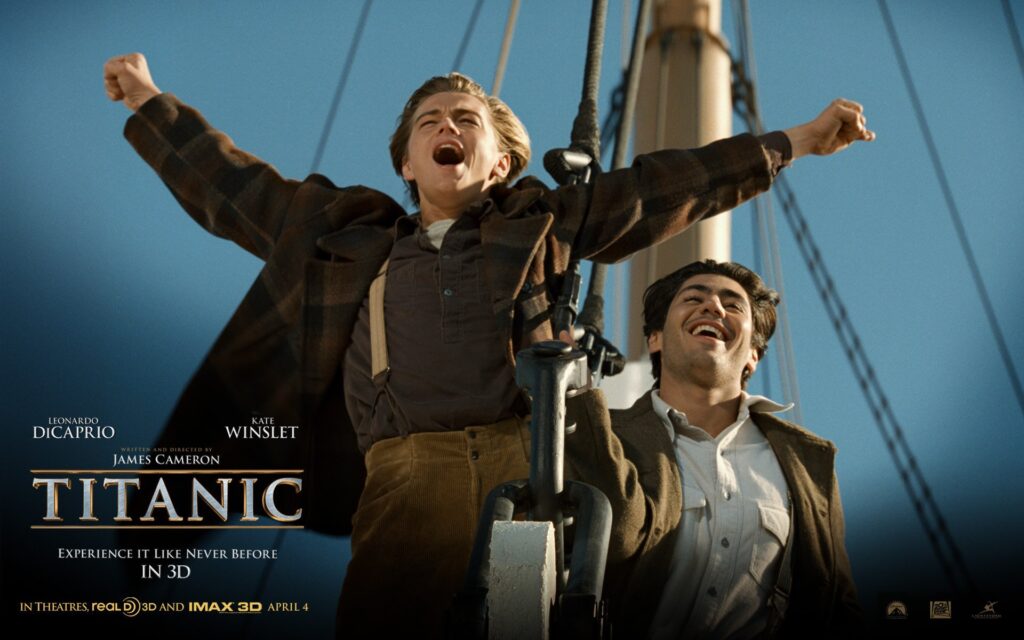
2 Rose’s Story:
Through a progression of flashbacks, Rose’s story unfurls. We are shipped on April 10, 1912, as the RMS Titanic heads out on its first venture from Southampton to New York City. The Titanic, the biggest and most lavish boat of now, is the right time, and it is an image of richness and mechanical ability.
3 Introduction to Key Characters:
- Rose DeWitt Bukater (Kate Winslet): A 17-year-old from a well-off family, Rose is going with her princely life partner, Caledon “Cal” Hockley (Billy Zane), and her oppressive mother, Ruth DeWitt Bukater (Frances Fisher). Notwithstanding her special status, Rose feels smothered by cultural assumptions and considers self-destruction.
- Jack Dawson (Leonardo DiCaprio): A poverty-stricken craftsman who won his pass to the Titanic in a poker game. Jack addresses the existence of opportunity and suddenness that stands out from Rose’s obliged presence.
4 The Meeting:
Rose’s depression drives her to the edge of the boat, where she mulls over bouncing into the ocean. Jack intercedes and saves her, prompting a far-fetched companionship. This demonstration of courage starts an extraordinary excursion for the two characters.
5 The Sentiment:
As the journey advances, Jack and Rose foster a profound close-to-home association. Jack acquaints Rose with a world external to her highborn air pocket, including the energetic second-rate class quarters and the opportunity of carrying on with life according to one’s very own preferences. Their sentiment prospers, regardless of their dissatisfaction with Cal and Ruth.
6 The Sinking:
The film arrives at its peak on the evening of April 14, 1912, when the Titanic strikes an icy mass. The catastrophe unfurls in nerve-racking subtlety, with turmoil emitting as the boat sinks. Travelers and teams scramble to clear, uncovering the distinct differences between the classes and the serious limits of the raft framework.
Cal’s Trickery: Trying to guarantee Rose stays with him, Cal controls and attempts to kill Jack, making extra strain. Jack and Rose explore through the disturbance, with Jack making a few penances to keep Rose safe
7 Last Minutes:
The Titanic’s last minutes are portrayed with amazing power. Jack helps Rose onto a piece of trash that floats in the cold waters. He stays in the water, eventually surrendering to hypothermia. Rose is subsequently protected by a raft and endures the misfortune.
8 Epilog:
In the current day, the old Rose finishes up her story. She emblematically tosses the Core of the Sea jewel into the ocean, returning it to its last resting place. The film closes with a powerful scene where Rose reunites with Jack in the hereafter, encompassed by other Titanic travelers.
Character Analysin
1 Rose DeWitt Bukater:
Rose’s personality bend is vital to the film. At first, she is depicted as a young lady caught by her economic well-being and familial assumptions. Her relationship with Jack addresses an excursion of self-revelation and freedom. Rose’s change is set apart by her insubordination with cultural standards and her inevitable acknowledgment of a daily existence lived in her specific manner.
2 Jack Dawson:
Jack Dawson is the exemplification of opportunity and creative enthusiasm. His personality gives a glaring difference to the requirements looked at by Rose. Jack’s job is pivotal in testing Rose’s perspective, permitting her to investigate an alternate, more true approach to everyday life. His definitive penance features his benevolence and devotion to Rose.
3 Caledon “Cal” Hockley:
Cal, depicted by Billy Zane, is the model of the rich, controlling blue blood. His personality is fundamental in making struggle and strain. Cal’s activities and inspirations give a contrast to Jack’s goals and Rose’s yearnings.
4 Ruth DeWitt Bukater:
Ruth, Rose’s mom, addresses the cultural tensions and assumptions of the time. Her personality is instrumental in outlining the unbending class structure and the penances she will make to get a monetarily worthwhile marriage for Rose.
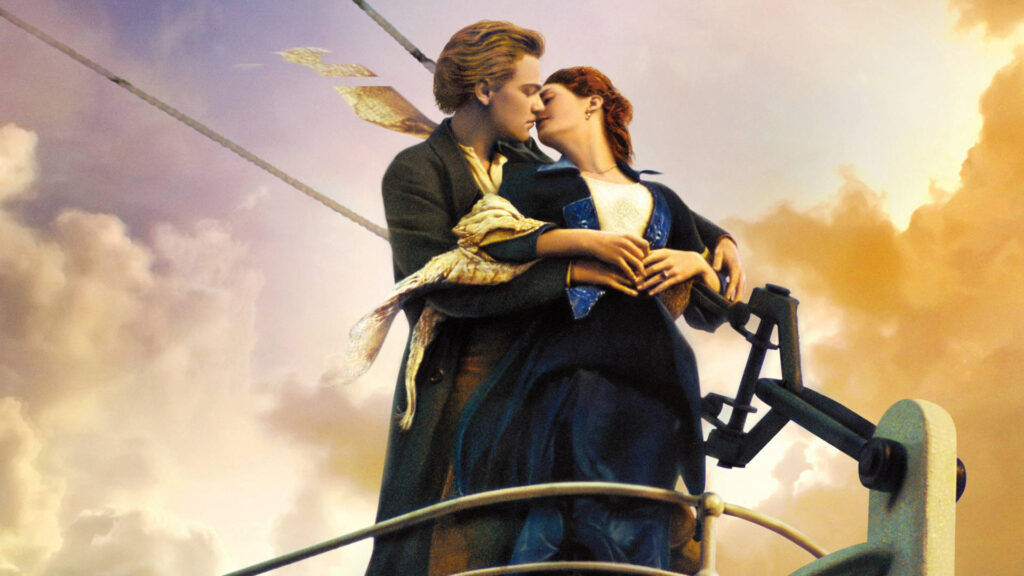
Production Details
1 Historical Accuracy:
James Cameron’s obligation to authentic exactness is obvious all through the film. The Titanic was fastidiously reproduced utilizing a blend of full-scale reproductions, miniatures, and CGI. Cameron and his group directed a broad examination to guarantee that the boat’s plan, insides, and the occasions of the sinking were depicted with realness.
2 Visual Effects:
The film’s special visualizations were notable, especially for the time. The portrayal of the Titanic’s sinking was accomplished through a blend of pragmatic impacts and CGI, making a reasonable and vivid experience. The tender loving care in the boat’s plan and the sinking succession set another norm for special visualizations in film.
3 Casting:
Leonardo DiCaprio and Kate Winslet were given a role of Jack and Rose, individually. Their exhibitions were basic to the film’s prosperity, carrying profundity and profound reverberation to their jobs. The science between DiCaprio and Winslet was broadly commended and turned into a critical calculation of the film’s allure.
4 Music:
James Horner formed the film’s score, which incorporates the famous tune “My Heart Will Go On,” performed by Celine Dion. The music plays a significant part in improving the close-to-home effect of the film, with the signature melody turning into a social peculiarity by its own doing.
Reception and Impact
1 Critical Acclaim
“Titanic” got far and wide approval from pundits and crowds the same. The film was adulated for its incredible scale, profound profundity, and special visualizations. It won 11 Foundation Grants, including Best Picture and Best Chief, and turned into a standard in current film.
2 . Box Office Success:
The film industry’s execution was remarkable. With a gross of more than $2.2 billion around the world, “Titanic” became one of the greatest netting movies ever, a demonstration of its inescapable prevalence and social effect.
3 Cultural Influence:
“Titanic” revived interest in the RMS Titanic calamity and turned into a social peculiarity. The film’s depiction of the disastrous occasion carried the tale of the Titanic to another age. It impacted resulting movies and media connected with the Titanic and set new guidelines for epic filmmaking.
4 Legacy:
The film’s heritage stretches out past its underlying achievement. It stays a reference point in conversations of verifiable stories and heartfelt dramatizations. The definite portrayal of the Titanic and its sad sinking keeps on being praised for its craftsmanship and close-to-home effect.
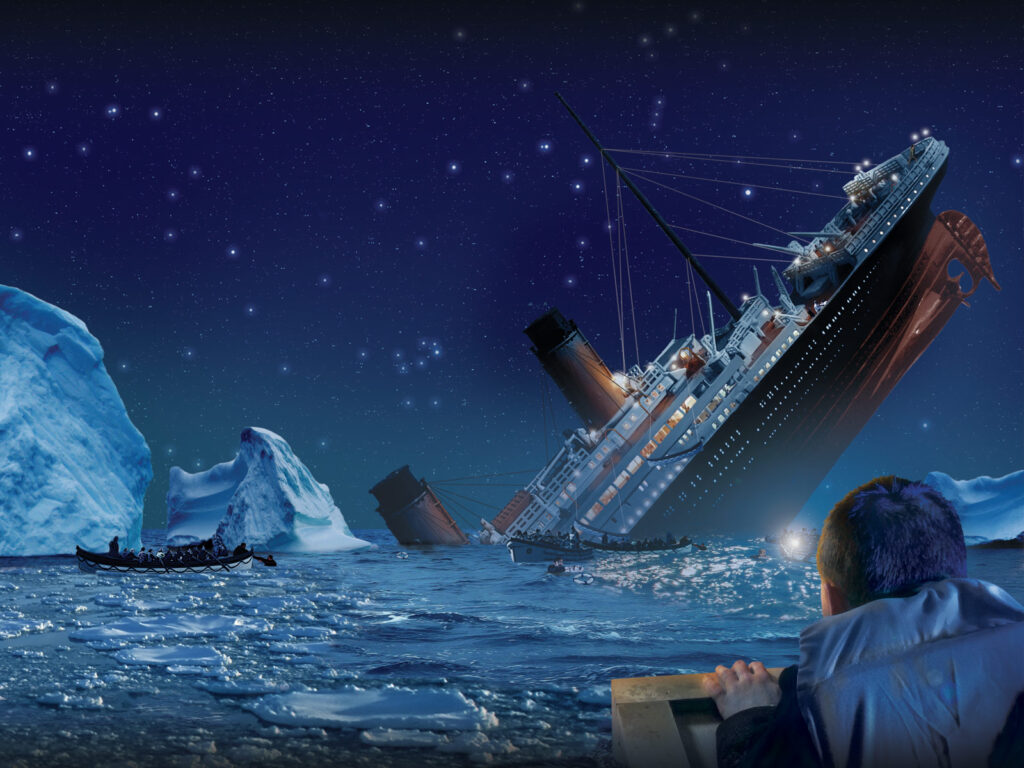
Conclusion
James Cameron’s “Titanic” is something other than a film; a social milestone joins a verifiable show with a profoundly private romantic tale. Its itemized depiction of the Titanic, earth-shattering enhanced visualizations, and strong exhibitions have solidified its place as an exemplary in realistic history. The film’s effect on mainstream society, its film industry achievement, and its basic recognition highlight its importance as one of the most powerful movies of the twentieth hundred years.
